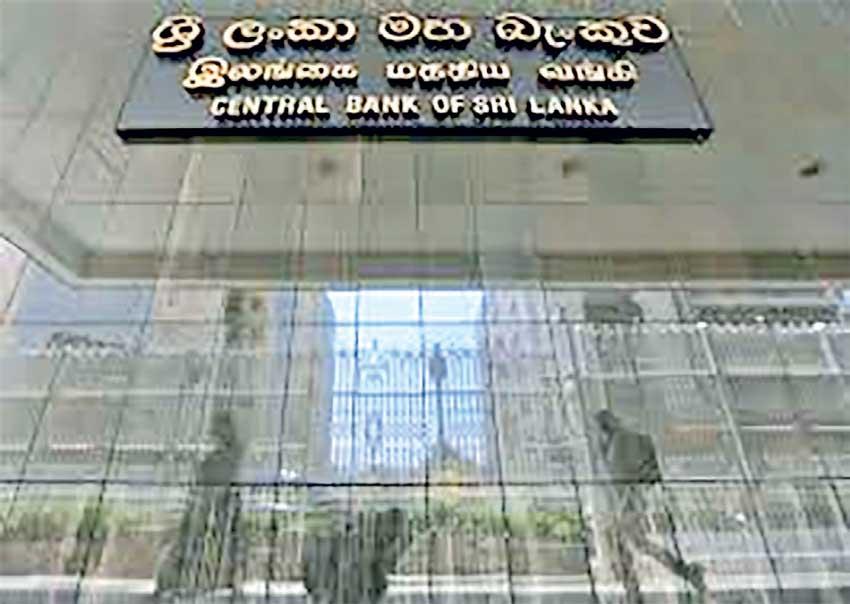Reply To:
Name - Reply Comment

For the first time since the current dovish policy run began in January 2020, the Central Bank recently insinuated that at which point it could either end or reduce providing more gas by way of monetary stimulus, which was unleashed to power the current expansion seen in the economy.
Providing cues to the market participants who were waiting for further clarity on the direction of the Monetary Policy in the medium term, the Central Bank said one such factor that could influence changing its course would be the achievement of the envisaged level of growth in credit to the private sector as well as the government from the banking sector, which helps the economy to sustain on its own without its support.
Besides that, the Monetary Board also said it stands ready to act, should any excesses emerge from the current spell of monetary and fiscal stimuli such as overheating the economy.
“The envisaged expansion of credit to the private sector together with the likely increase in credit to the public sector from the banking system is expected to cause the growth of broad money supply to remain elevated in 2021 and moderate thereafter over the medium term, aided by the gradual rollback of policy stimulus as economic growth accelerates,” the Central Bank said.
However, the current monetary policy has still room to run its course as there is still a substantial slack in the economic activity and the broader inflation hovers around lower single digit levels.
“The Central Bank will continue to closely monitor the monetary and macroeconomic developments and undertake proactive policy interventions to arrest any undue surge in aggregate demand generated through excessive monetary expansion, while reacting to slippages in terms of foreign exchange outflows and fiscal outcomes,” they added.
Hence, the Central Bank is of the view that the current round of monetary and fiscal support is required only until the economy finds its equilibrium when it could sustain its growth by itself without having to be overly depended on the Central Bank and government.
The Central Bank and government provided record stimulus during 2020 by way of historically low interest rates, record liquidity, low taxes and directed cash transfers to support the economy beset by the pandemic to back-up and also to revitalise the domestic production economy aimed at productive job creation and higher merchandise exports.
“Such moderation of fiscal and monetary expansion will not impede the envisaged growth path, as economic growth in the medium term is expected to be driven by productivity improvements and the removal of structural impediments and bottlenecks to growth,” the Central Bank said.
Price pressures, both at supplier and consumer level, are re-emerging in the country as seen from the supplier and consumer price indices in recent months. However, the Central Bank considers them as transitory and do not threaten the current accommodative monetary policy stance requiring an immediate change in course.
The overall consumer prices in the most recent month rose by 3.9 percent, although the impact of the extremely high food prices are blunted by the non-food prices, which still remain at nascent level.
However, the Central Bank’s medium-term inflation trajectory remains within its 4.0 to 6.0 percent range during the five years through 2025, peaking at 6.0 percent only in 2023.
The economy is projected to grow at 6.0 percent in 2021 and 5.8 percent in 2022.
Hence, the forecasted data on inflation and growth could reasonably suggest that the current spell of monetary stimulus could run through end-2022 before any excesses emerge.